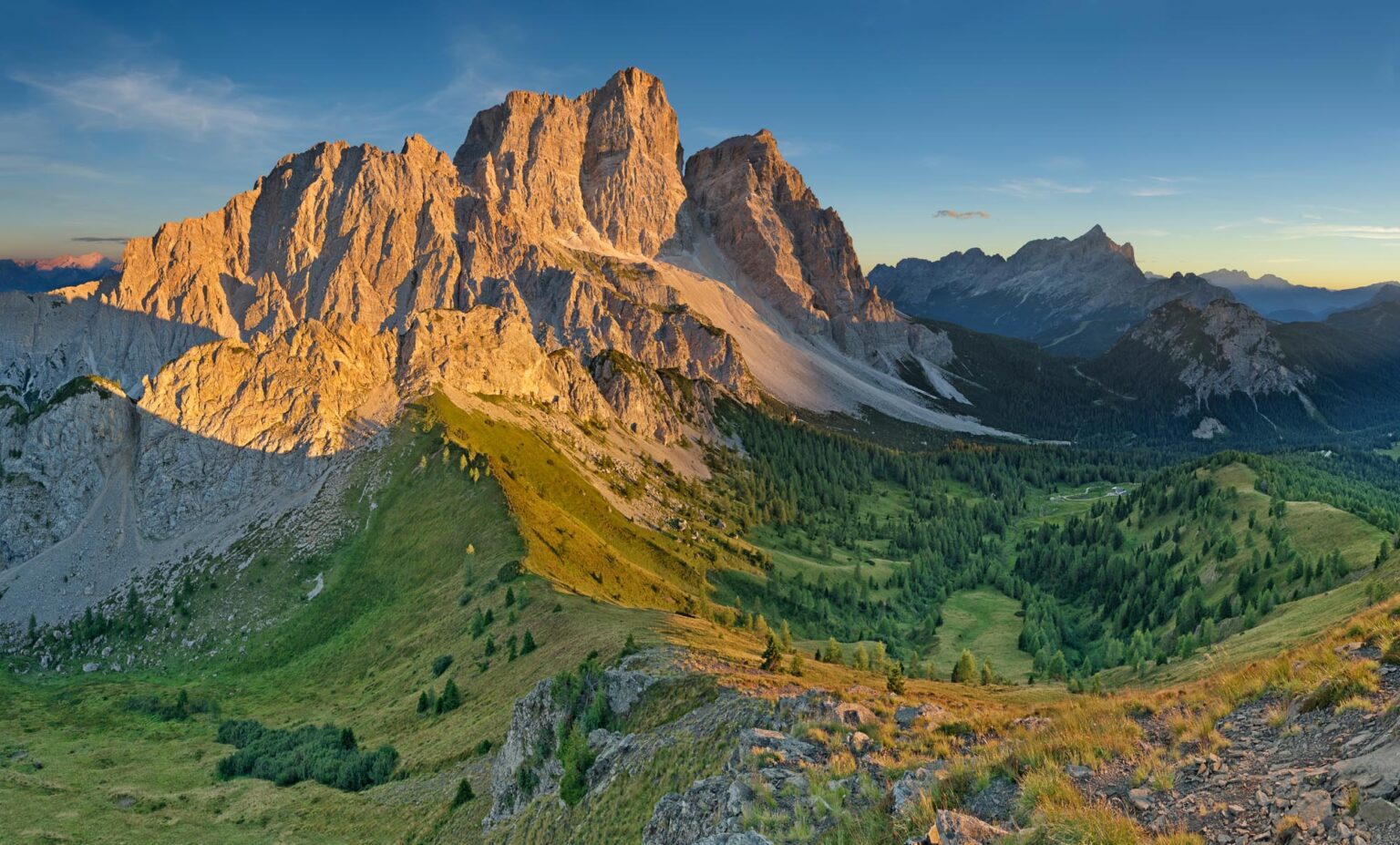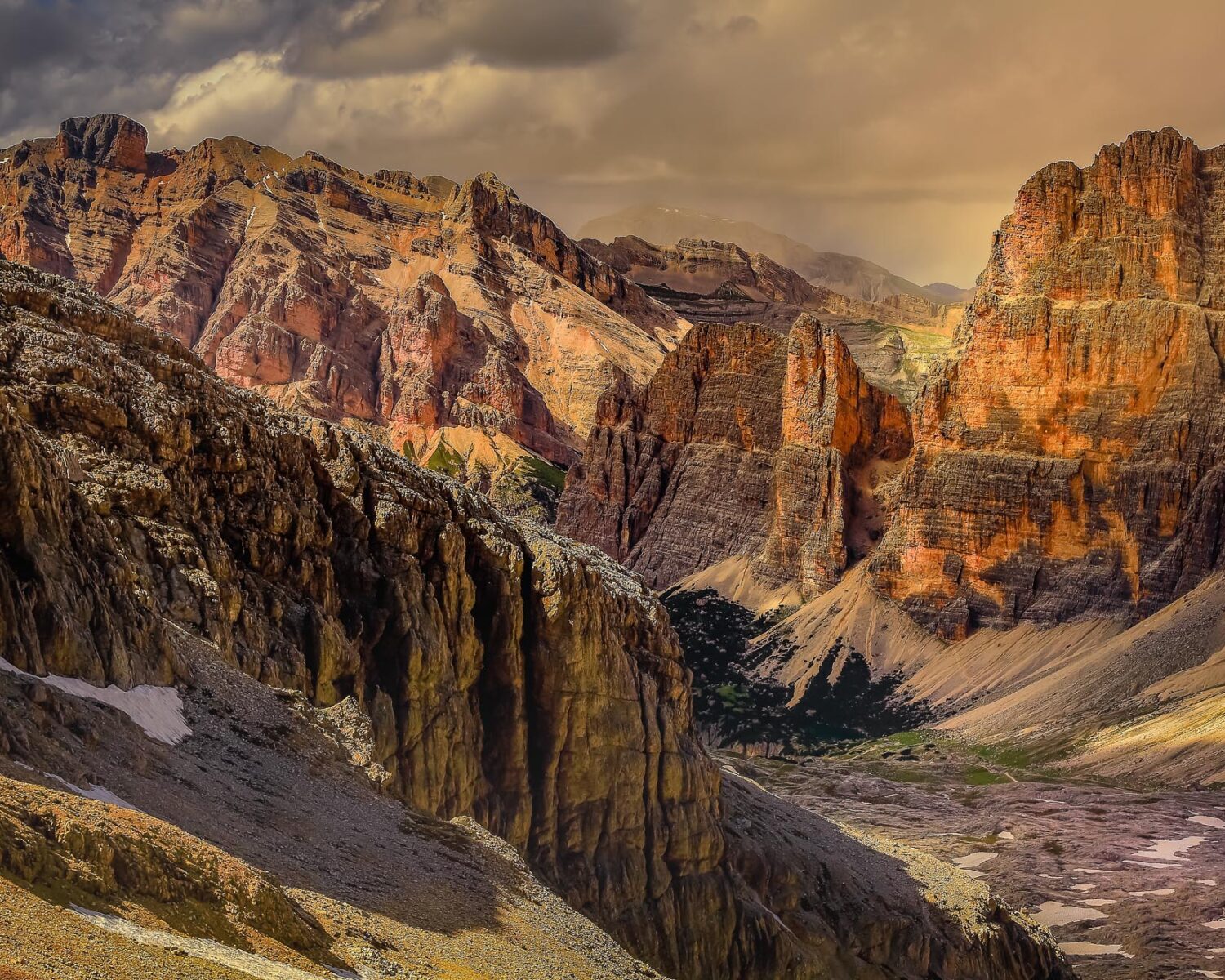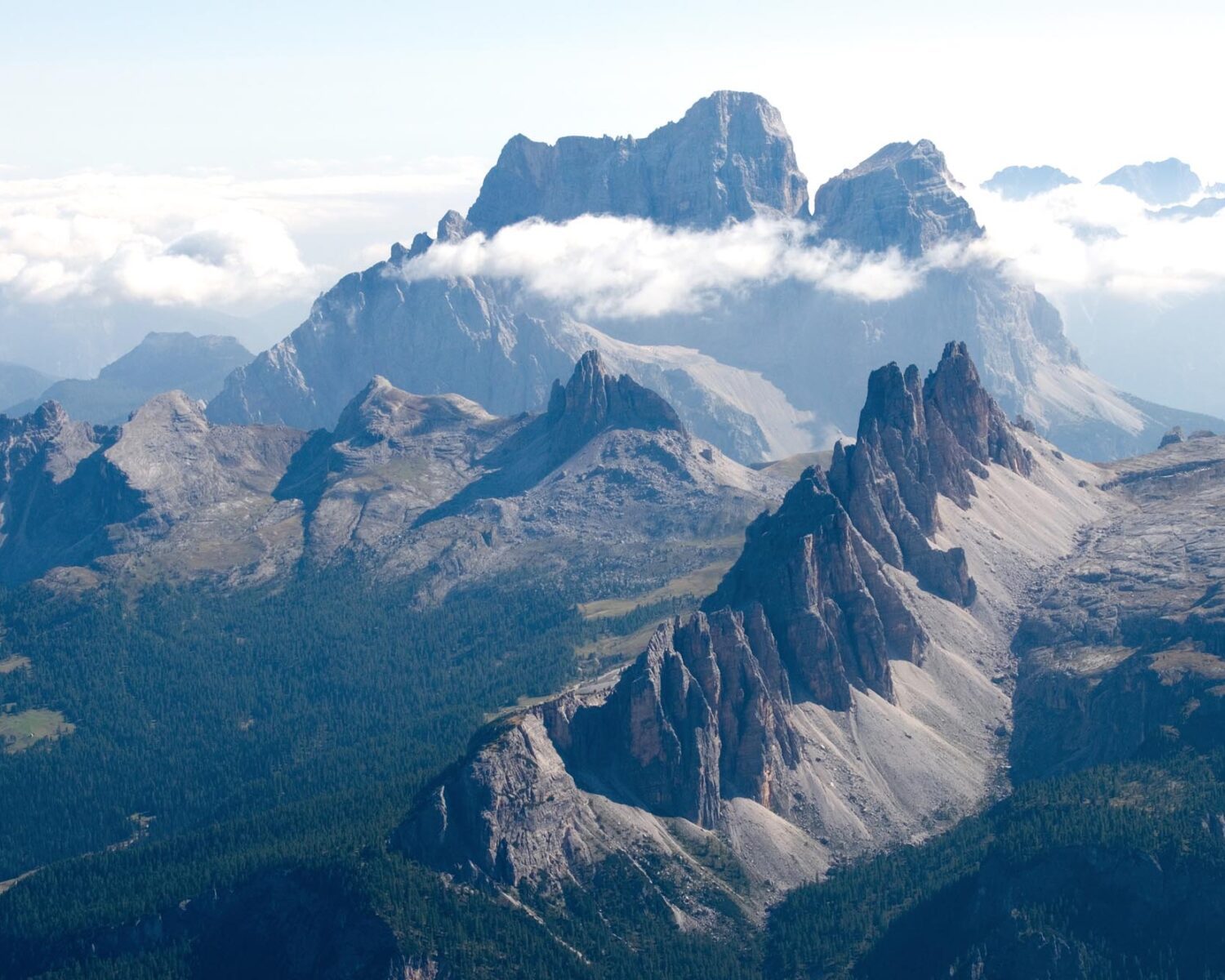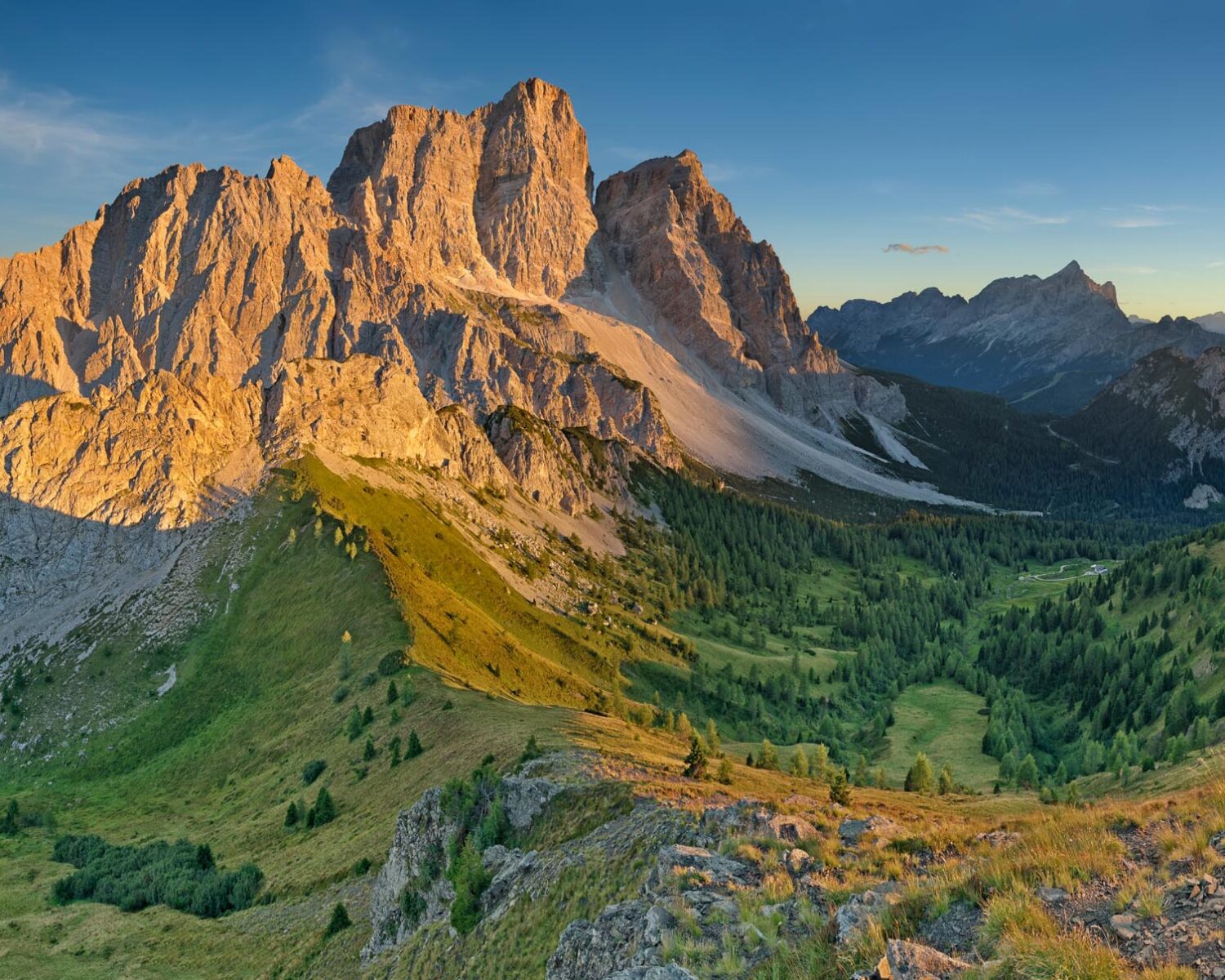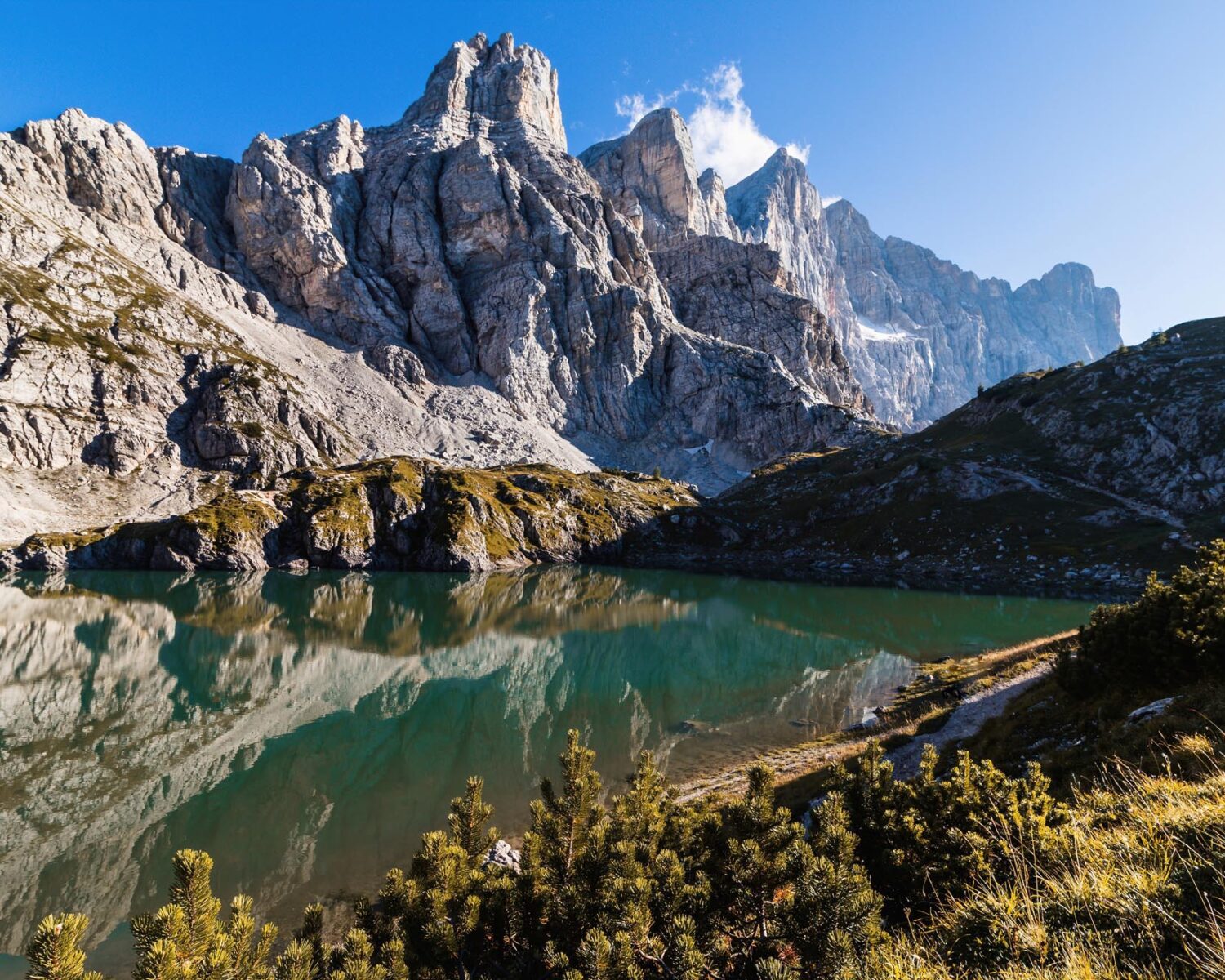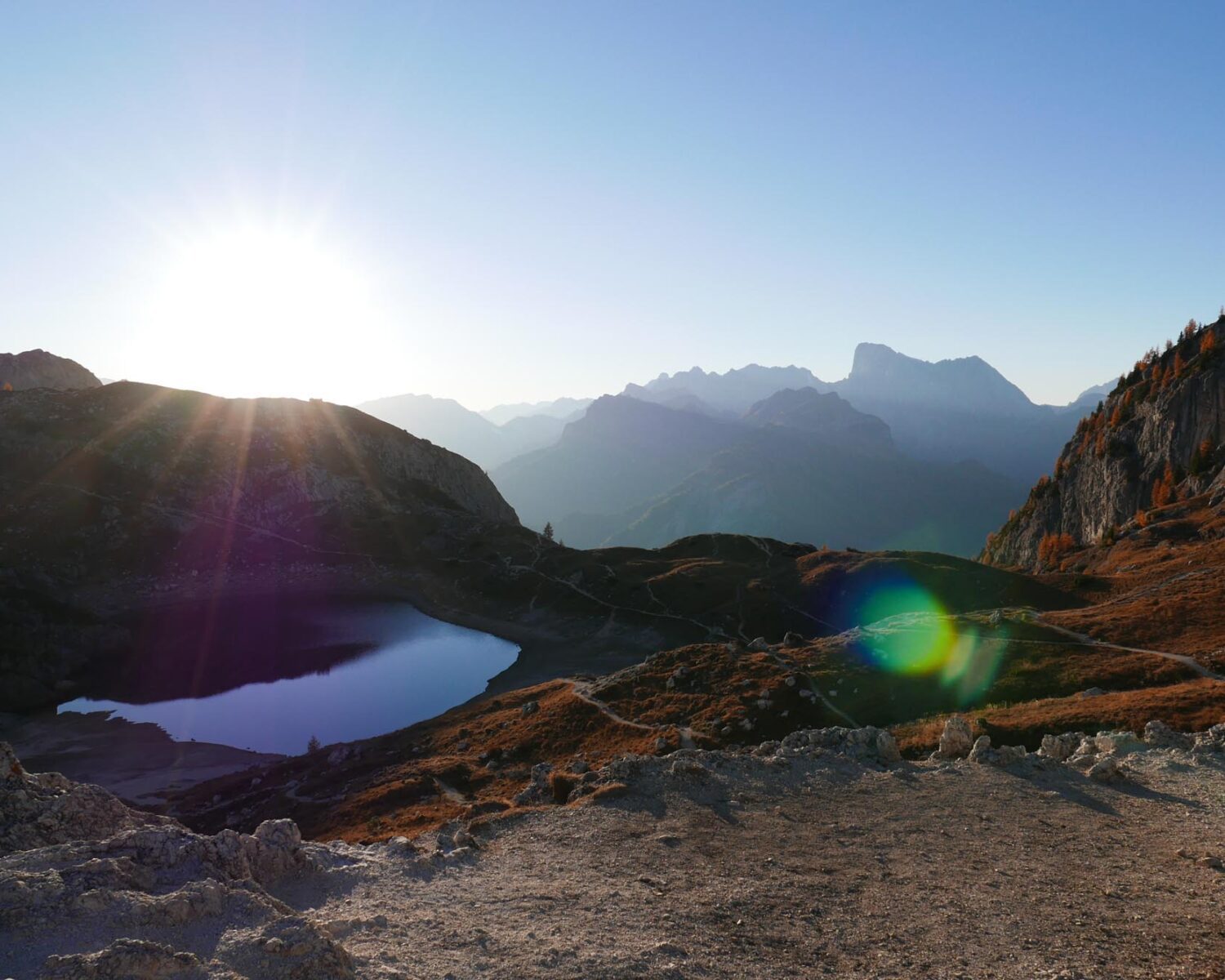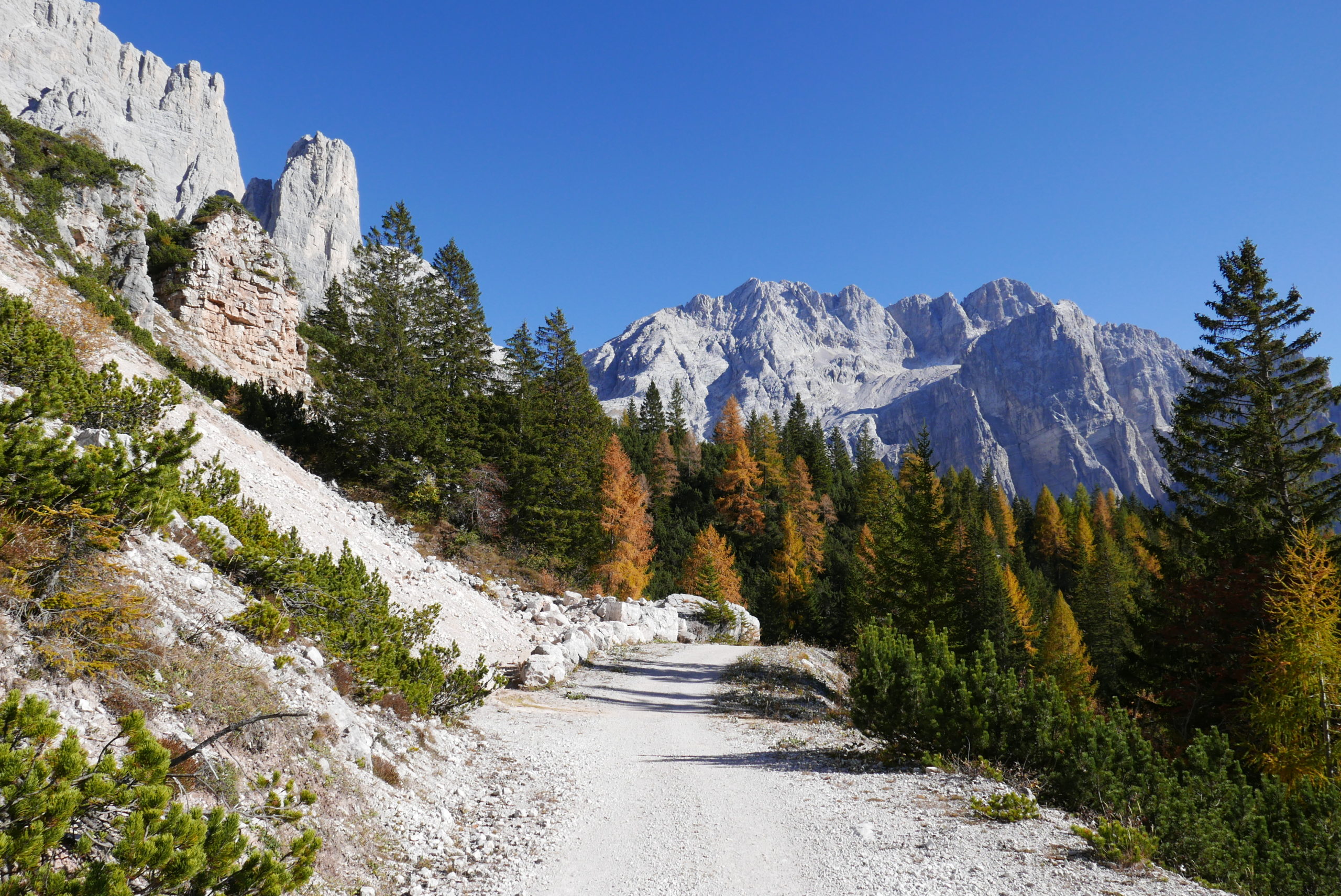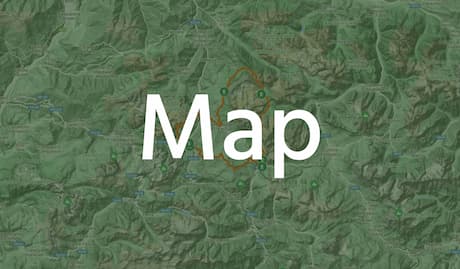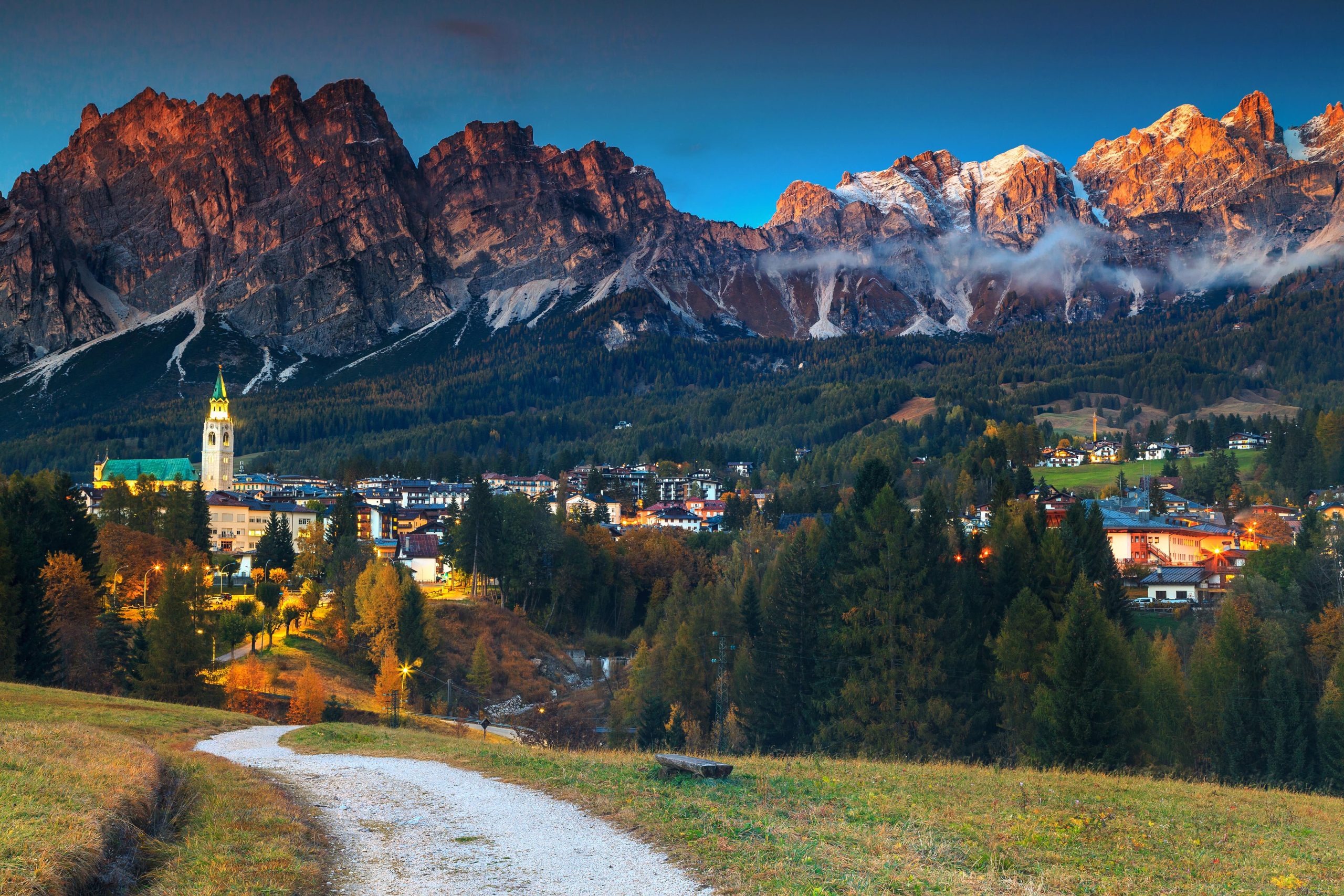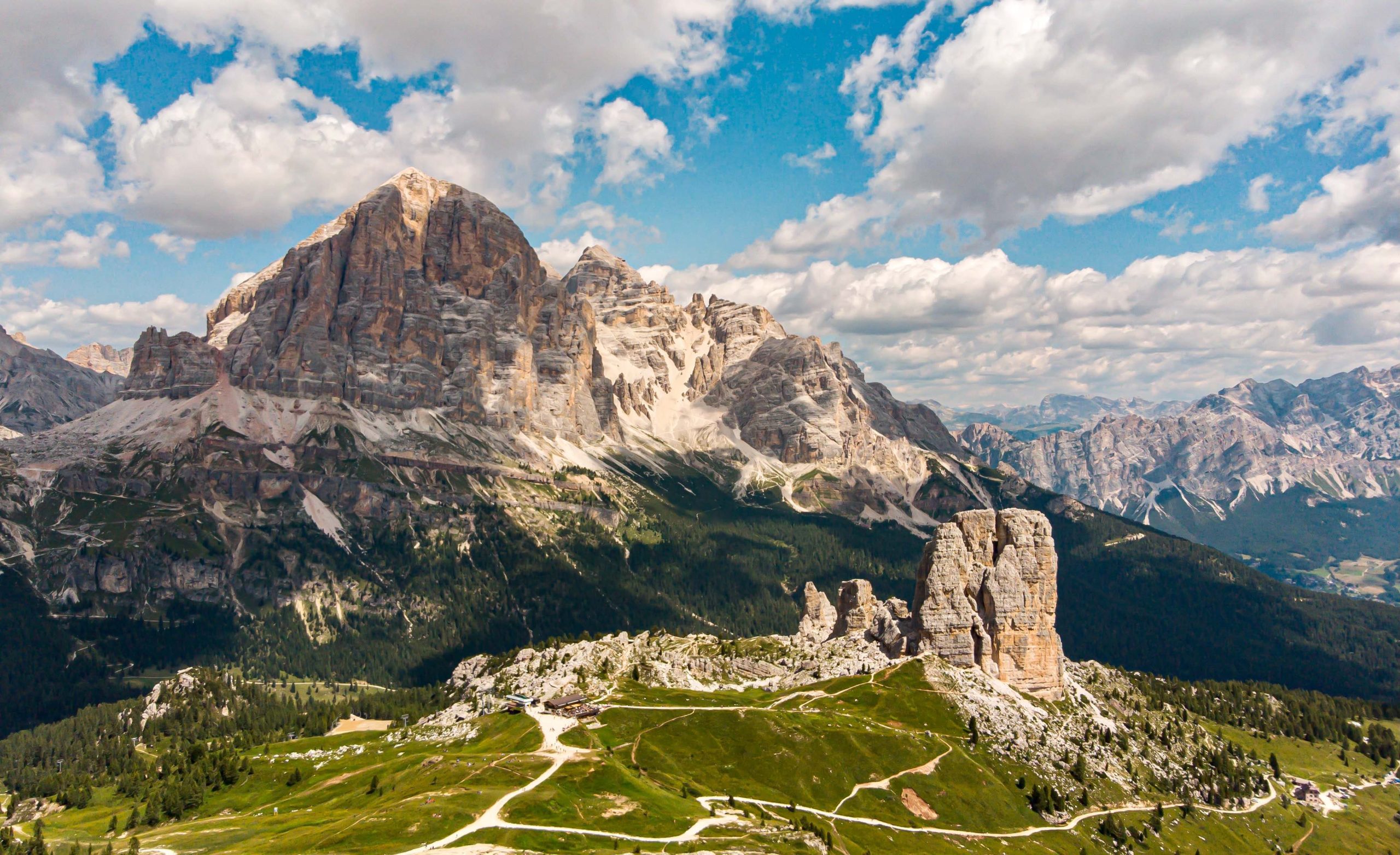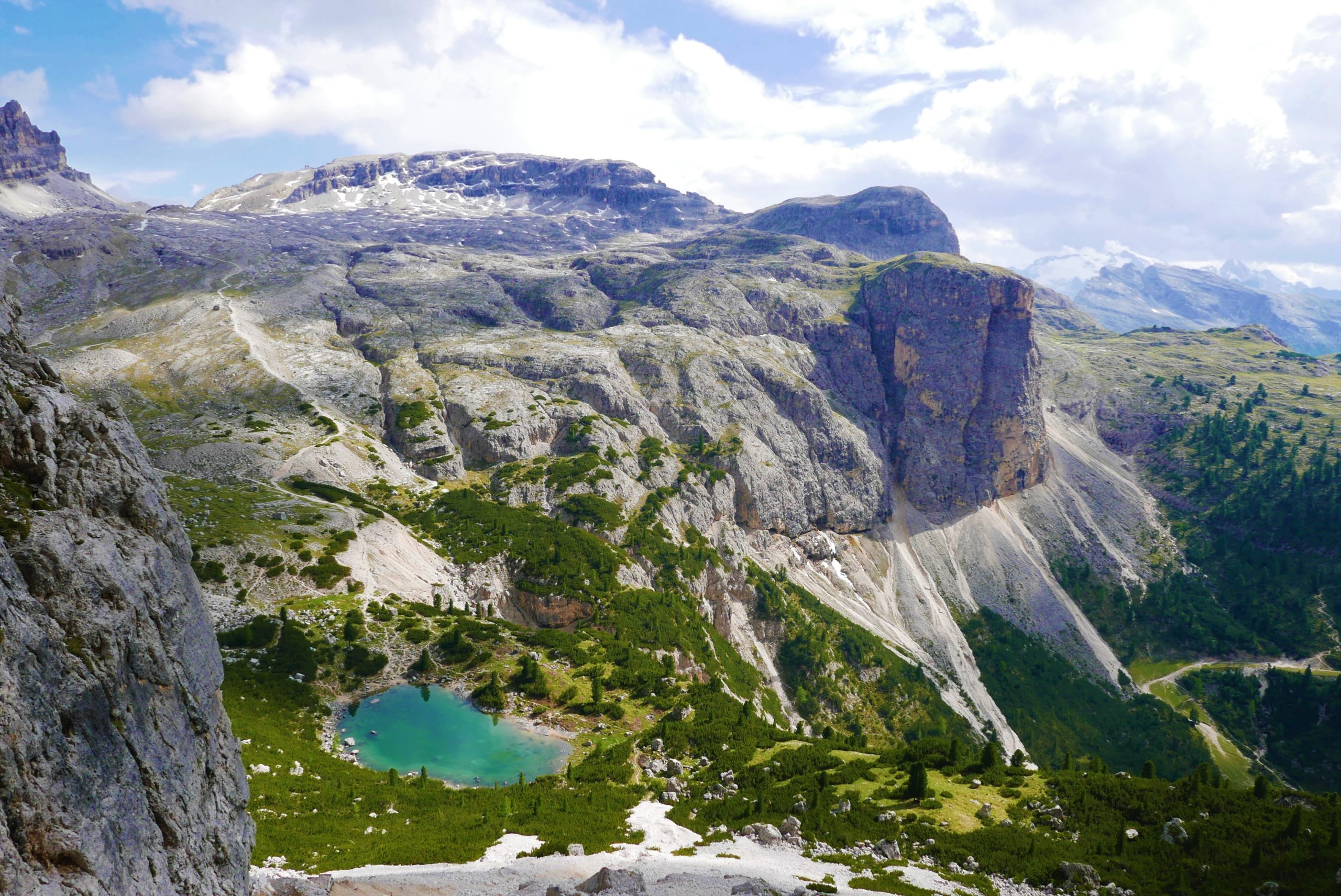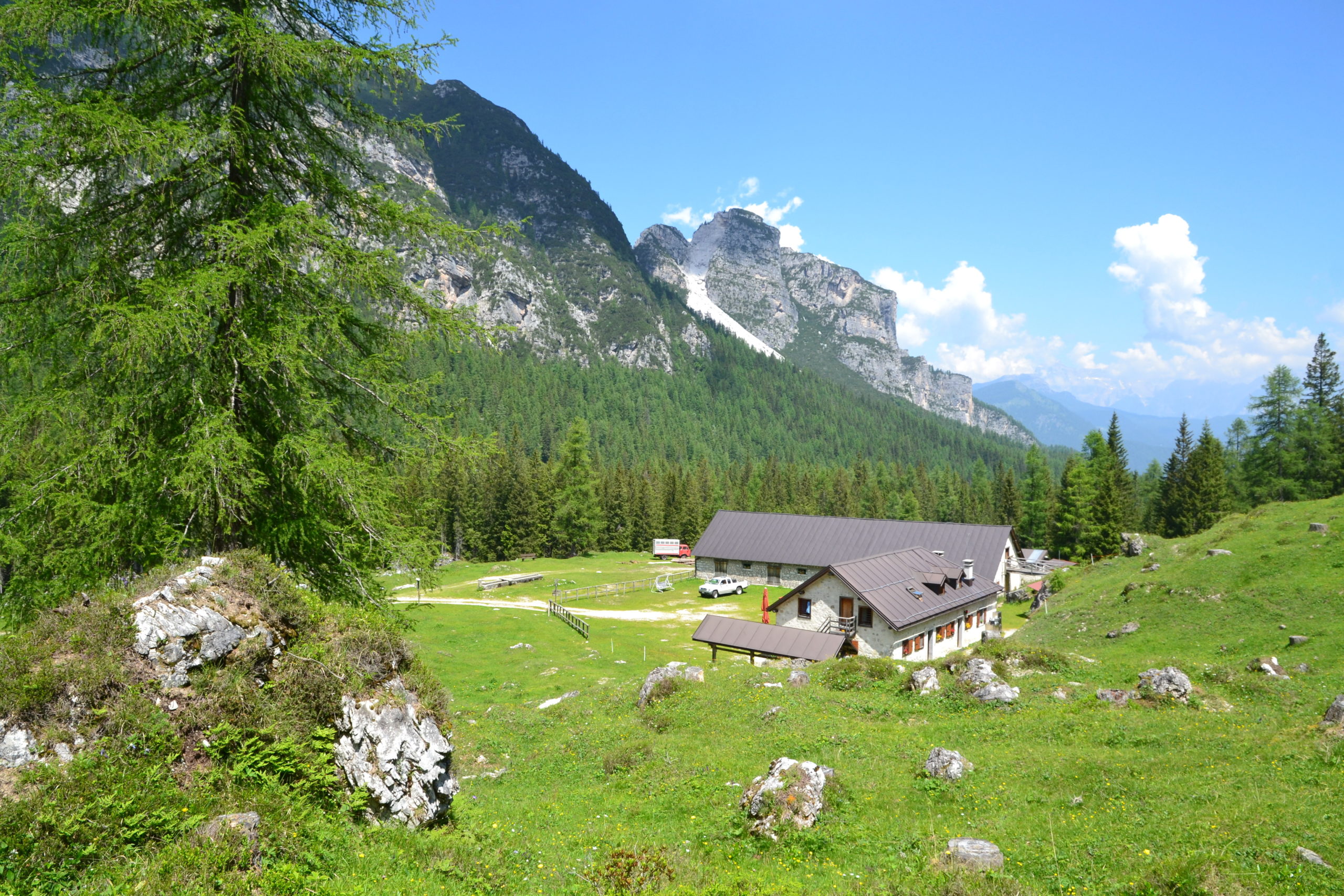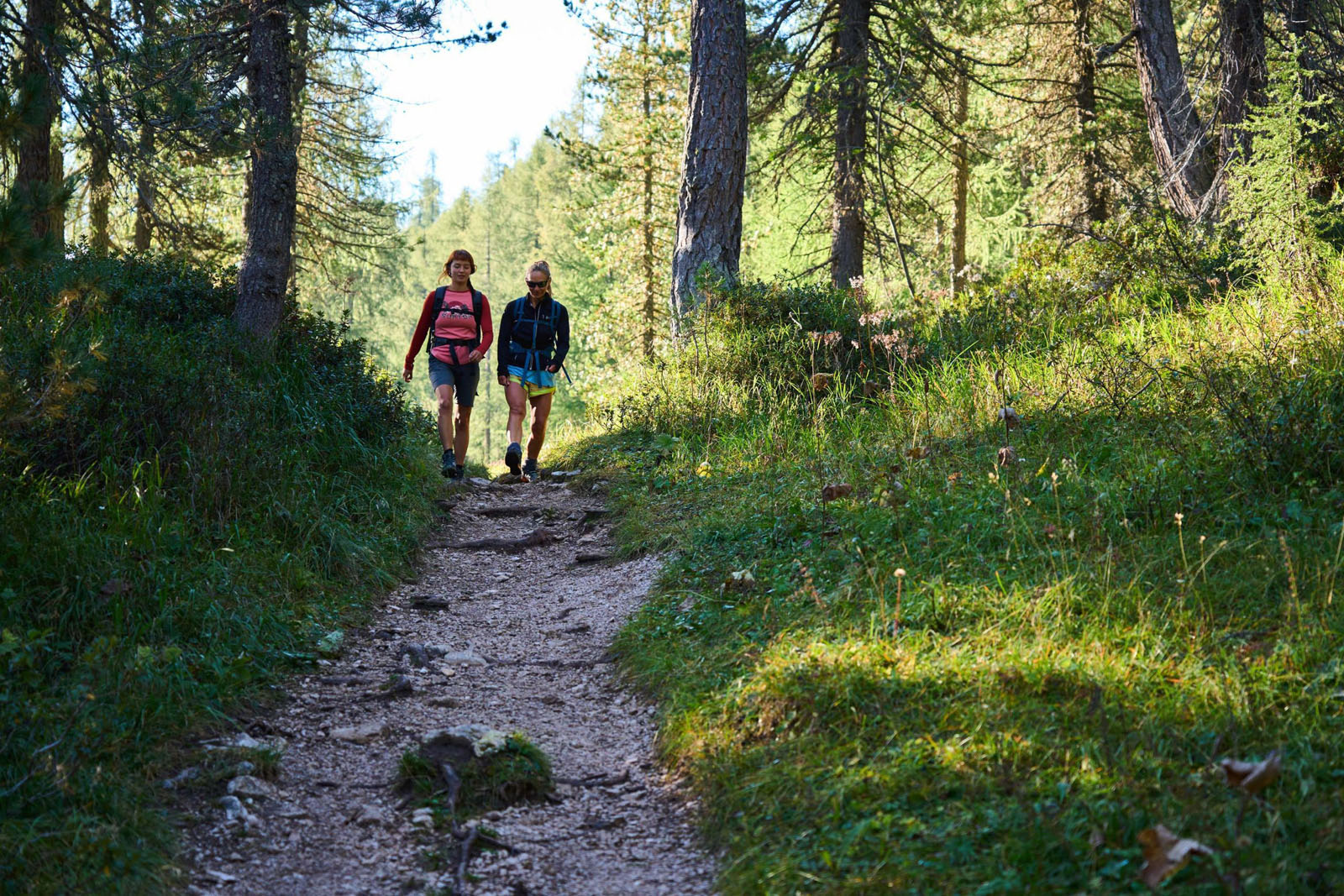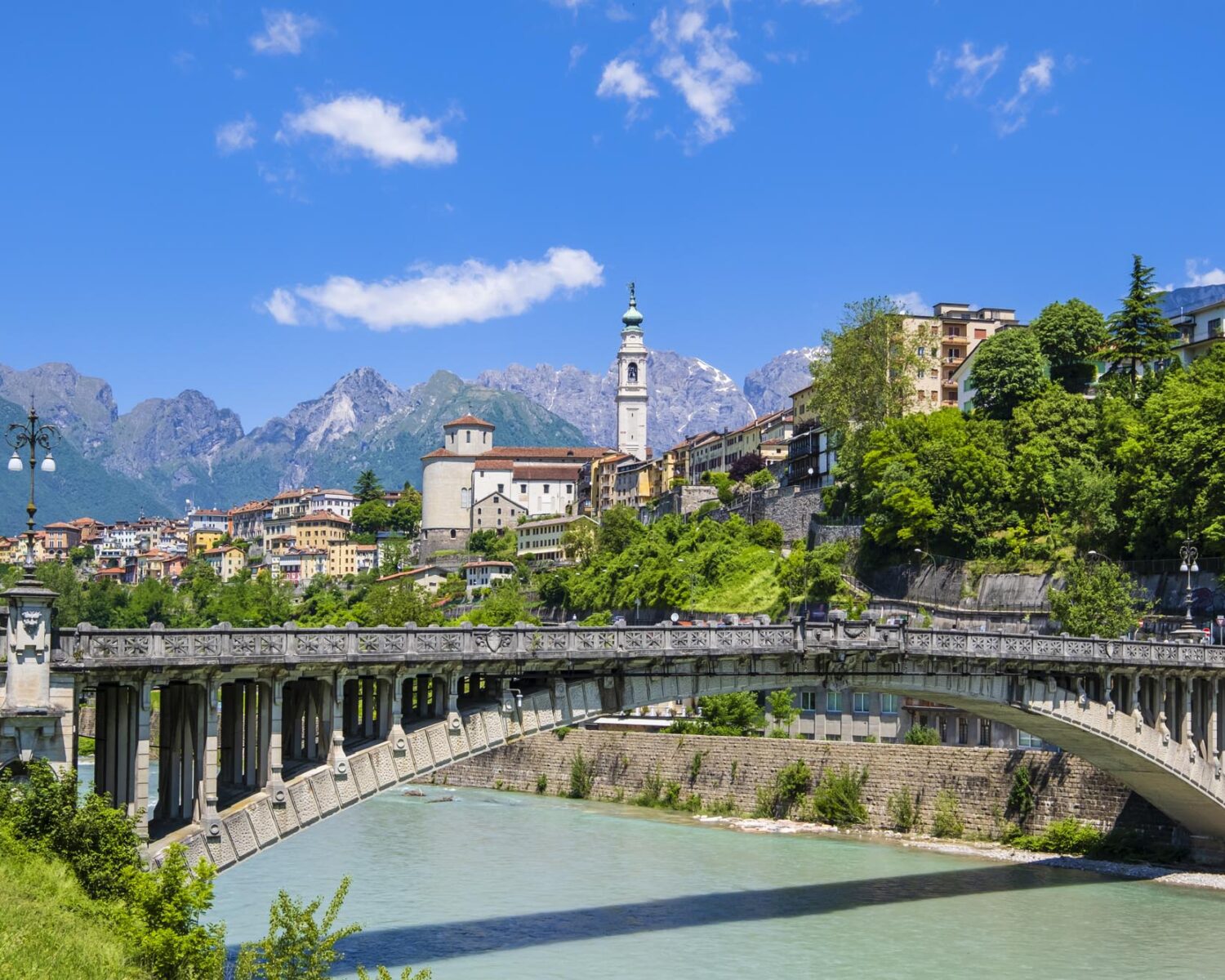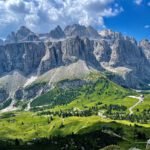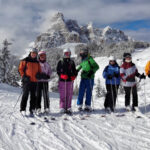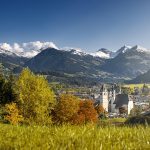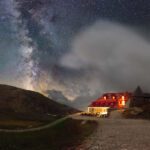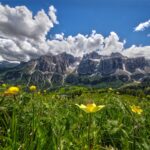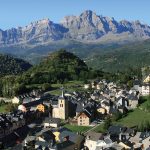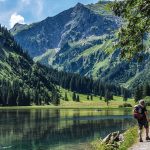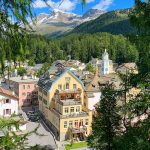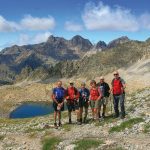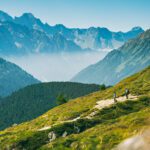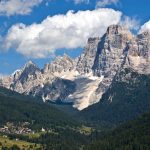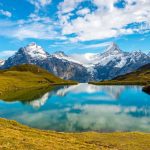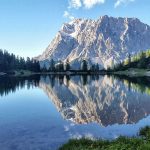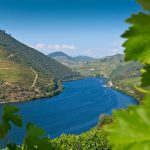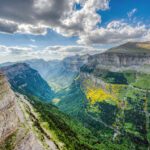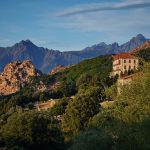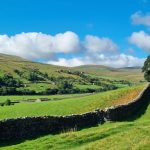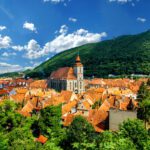Experience the legendary Alta Via 1 trail, a hike rich in startling peaks, abundant wildlife and memorable mountain accommodation.
Starting above Cortina, Pearl of the Dolomites, you are surrounded by mindboggling rock formations and towering peaks. Soon you will be marveling at the beauty of Cinque Torri, Pelmo, and the stunning lakes of Coldai and Federa, before the Alta Via 1 (AV1) reveals the majestic peaks of Civetta, Moiazza, Tamer, and Schiara.
The further you go, the wilder it gets, with frequent wildlife sightings adding to the experience of this route. This Alta Via 1 walking holiday promises breathtaking landscapes and an unforgettable adventure through one of the world’s most spectacular mountain regions.
Browse this page for all you need to know about our Alta Via 1 hut-to-hut walking holiday in the Dolomites and when you’re ready, click Enquire or Book Now, submit some details, and let our skilled enquiry team help you make this holiday a reality.
At a Glance
Dates
15 June – 14 September 2025
(You can start any day)
Price
2-3 people – £1575
4+ people – £1475
Single supplement – £160
Grade
Moderate
Expect to walk for 5 – 7 hours each day with between 440m – 1020m of ascent and 470-1880m of descent.
What’s Included
All Hut bookings at half-board (breakfast and dinner included)
3* Hotel (bed and breakfast) on your first and last nights
Private airport transfers at the start and end of your holiday between Venice Marco Polo or Treviso and Cortina/Belluno
Holiday Pack with comprehensive route notes, maps & more
Digital Map Access for the duration of your trip
Excess Luggage Transfer between Cortina & Belluno
Please note that packed lunches, tourist taxes (where applicable) and rifugio showers (which cost €3-6) are not included.
Optional Extras
Private Rooms – These can be reserved in advance in some of the mountain huts if available at a supplement of £20pp/night
4-Star hotel – for the first and last nights – contact us for details.
Travel
This holiday starts in Cortina d’Ampezzo and ends in Belluno. We recommend flying into and out of either Venice Marco Polo or Treviso airport where a private transfer will take you directly to your first hotel in Cortina. At the end of your holiday a private transfer will take you back to Venice or Treviso from Belluno in time to meet your flight home.
Itinerary
Day 1
Arrive in Cortina d'AmpezzoTravel to the Dolomites. A private transfer from Venice Marco Polo or Treviso airport to Cortina d’Ampezzo is included. Cortina (aka Pearl of the Dolomites) is towered over spectacularly by a seemingly endless rim of glorious peaks. Having settled into your hotel, take an evening stroll through this vibrant mountain resort, perhaps admiring the deep fiery-red hue that the peaks take on at sunset, locally known as the Enrosadira.
Accommodation: 3* Hotel, Cortina (B&B basis).

Day 2
Cinque Torri and Lake FederaRoute Statistics: 11km, 740m ascent, 800m descent, walking time – 5 hours.
A short transfer will take you to your trailhead at the Falzarego Pass. This 35 minute ride will surely whet the appetite as you venture into awe-inspiring landscapes. Before heading south on the route, If time permits, you might choose to take a detour away from Falzarego to the area around the Lagazuoi peak. Today’s main attraction is an iconic group of peaks called Cinque Torre (Five Towers), formed from a monolith that split into five extraordinary fragments. Another highlight of today is the exquisite Lake Federa, situated between the forest belt and the alpine meadows that stretch in front of the jagged peaks of Becco di Mezzodì. This translates as Midday Peak, as the mountaintop is directly south of the lake and serves as a natural solar clock.
Accommodation: Rifugio Croda da Lago (half board)

Day 3
Monte PelmoRoute Statistics: 10km, 440m ascent, 710m descent, walking time – 4 hours (optional extension to Monte Crot – 3km, 400m ascent/descent, walking time – 1½ hours)
You will have to drag yourself away from Croda da Lago’s idyllic setting, but soon you are in sight of the colossal Monte Pelmo (3168m), the next negotiation on your treasure-rich trail. So unique is its profile, Pelmo cannot be confused with any other mountain in the Dolomites. It has a rare trapezoidal shape with steep slopes extending 1km skywards. It should take you just half a day to arrive at your overnight hut at the Staulanza Pass, so after lunch, we recommend embarking on the easy additional hike to the top of Monte Crot. Facing the magisterial Pelmo, it also boasts a spectacular panoramic view of the wider area.
Accommodation: Rifugio Staulanza (half board)

Day 4
Civetta and Lake ColdaiRoute Statistics: 11km, 950m ascent, 470m descent, walking time – 5 hours.
Unfolding under the monumental walls of Civetta, today arguably presents you with two of your week’s most impressive sights. Firstly, at the northern end of Civetta, Lake Coldai with its unbelievably turquoise water – even more incredulous on a clear day! Secondly, beyond the lake, the mesmerising west face of Civetta, which is 1km high and 4kms wide. This spectacle is no more than 300m from your trail and it is considered by many to be the most memorable feature of the entire Alta Via 1.
Accommodation: Rifugio Tissi or Vazzoler (half board)

Day 5
MoiazzaRoute Statistics: 14km, 1020m ascent, 1450 descent, walking time – 7 hours
Civetta is one of the largest mountain groups in the Dolomites. On closer inspection, it actually consists of two massifs: Civetta and Moiazza. Today, the path leads you along the Moiazza massif. This is a day of upland pastures and woodland, not to mention absorbing panoramas of neighbouring peaks, notably the vast vertical south wall of our highest peak, Marmolada at 3313m. Eventually and gradually, the trail descends from the forests, passing along the foot of Moiazza’s steep white flanks.
Accommodation: Rifugio Carestiato, Passo Duran or San Sebastiano (half board)

Day 6
San Sebastiano and PramperRoute Statistics:13km, 550m ascent, 500m descent, walking time – 5 hours.
You are now at the remote end of your trek. Passing other walkers becomes less frequent, as the route goes deep into wild mountain areas. Trails, huts, roads and ski infrastructure are sparse. You are now experiencing a lesser-known Dolomites wilderness, which is abundant in wild animals, pure nature and silence. The mountains themselves take on different characteristics too, as they become characterised by steeper slopes, narrow gorges and paths flanked by scree.
Accommodation: Rifugio Sommariva or Malga Pramper (half board)

Day 7
National Park Dolomiti BellunesiRoute Statistics: 14km, 600m ascent, 1880m descent, walking time – 7 hours
On your final day, the trail passes through the Bellunesi National Park. Again, you will witness landscapes not found anywhere else along the Alta Via 1. You will ascend scree slopes and traverse Schiara’s raw and rocky highlands, before finally descend into the valley on a long – but easy – descent. You have crossed the finishing line. A private transfer will take you directly to your final hotel. Take off your walking boots and enjoy the achievement and the memories!
Accommodation: 3* Hotel, Belluno (B&B basis)

Day 8
DepartA private transfer from Belluno to either Venice Marco Polo or Treviso is included. It will be timed to get you to the airport in good time for your flight.

Need to Knows
Minimum Number – This holiday requires a minimum of two people.
Terrain – Walks on this holiday only use waymarked and signposted routes. Trails vary from well-trodden woodland paths to steeper paths on looser, rocky terrain. Certain sections of the route may be considered exposed, and in the high mountains a certain level of experience, surefootedness, and fitness are essential. In early season on higher terrain, you might have to cross patches of snow. This route avoids via-ferratas, as does the main track, and so no specific skills or gear are required to follow it.
Rifugios – Except for your first and last nights, you will stay overnight in ‘rifugio’ (mountain huts). These generally offer the following facilities: a bed in a shared room or in a private room (these musty be booked in advance and cost £20pp/ night extra, subject to availability), showers with hot water, toilets, meals, and a water supply for refilling water bottles. Snacks such as sandwiches and chocolate are also usually available for sale. Shared rooms are equipped with bunk beds with mattresses, pillows and blankets. Bed linen is not provided in shared bedrooms: you must have a sleeping bag liner (typically, this is simply a light cotton bag). A warm sleeping bag is generally unnecessary, since there are always blankets in the rooms. If you have pre-booked a private room you are often offered bed linen, thus a sleeping bag liner is not required but this will be confirmed when you book. Finally, you will need clean footwear for the huts: light sliders are an ideal solution.
Breakfast & Dinner – Normally, breakfast is served from 7am to 9am. It usually includes unlimited tea and coffee, bread, butter, jam, honey and chocolate spread. In addition, some mountain huts also offer ham, cheese and muesli. You can also fill up your your flask/thermos with hot water or tea at breakfast: ask the staff, and it will be free in most huts. Dinner is usually served at 7pm or 7:30pm for all guests. A typical dinner in a mountain hut is very rich and includes a starter, a first course (such as pasta, risotto, dumplings), a second course (meat with a side dish) and a dessert. Any drinks at dinner (water, wine, beer, tea, coffee) are not included and should be ordered and paid separately.
Lunch – It is often possible to stop for lunch in the mountain huts you pass on the route, but this option is not always available. In such cases we recommend you buy some light snack (sandwiches, yoghurt, chocolate, water) from the hut where you have stayed the previous night. Mountain huts prepare for lunch the same dishes as for dinner. The cost of a typical hot dish, e.g. pasta or risotto, in a mountain hut varies from €7 to €12.
Safety – It is your responsibility to be wear appropriate outdoor clothing, follow good practice safety in the mountains procedures and be realistic when calculating how long the route each day will take you given your fitness, experience. and ability. These self-guided hut-to-hut walking trips are planned so that they do not require specific skills or gear, unless it is clearly specified in the itinerary. You can expect well-maintained trails equipped with direction signs. Exposed sections of the trail are secured on the self-guided routes: it makes them safe provided that you follow the basic safety rules for hiking in the mountains.
Weather – The weather in the Dolomites is most stable from the second week of July till the middle of September. This period in the Dolomites is characterized by warm sunny weather and modest rainfall. Earlier in June, the weather is normally favourable, but it is less reliable, and the mountain passes may be blocked by snow remaining from the winter. In June we may have to change the route depending on the snow situation on the passes. The second half of September in Dolomites is a beautiful period, but the weather is again less predictable: the probability of incessant rain increases, and it may snow at the altitude above 2,000 meters.
It is never hot in the Dolomites at the elevation of 2,000 m and above where most of the hiking routes pass. In a sunny day in August the temperature at 2,000 m can reach 20° Cduring the warmest hours of the day. It is comfortable for hiking. In a cold cloudy day, the temperature can stay at around 10° C during the entire the day. It is always chilly at night and early in the morning. Thunderstorms, often with hail, are typical for the warmest months (July and August). In the Dolomites valleys at the altitudes of 1,000 – 1,500 m the day temperature can reach 27° C. It is fresh in the valleys in the morning and evening, and it is not stuffy at night even in the hottest weeks of the summer.
ETIAS – The European Travel Information and Authorisation System is not due to be introduced until mid-2025. Currently there is not an exact date as to when it will come into force. This means you do not need to have a ETIAS for travel to Europe at the moment. For more information read our blog article here
Booking Conditions – be sure to read our full terms and conditions here before booking.
At Your Own Risk – please read the important notes here.
Travel Advice – check your government’s travel advisory for up-to-date information and advice about your destination. For UK citizens, check the latest Foreign, Commonwealth & Development Office advice here.
Passport & Visa – any questions should be directed to the relevant embassy of your destination country; find out more here. It is your responsibility to be in possession of a full passport, valid for your chosen destination.
Travel Insurance – having adequate and valid travel insurance is a condition of booking with us. Details of our insurance partner, Campbell Irvine, are here.
Health Information – You should carry either an European Health Insurance Card (EHIC) or a Global Health Insurance Card (GHIC) Neither is an alternative to adequate travel insurance. For more information visit https://www.gov.uk/foreign-travel-advice and https://travelhealthpro.org.uk/
ABTA – Independent travel advice and help is always available from ABTA by calling 020 3117 0599 or visiting www.abta.com.
